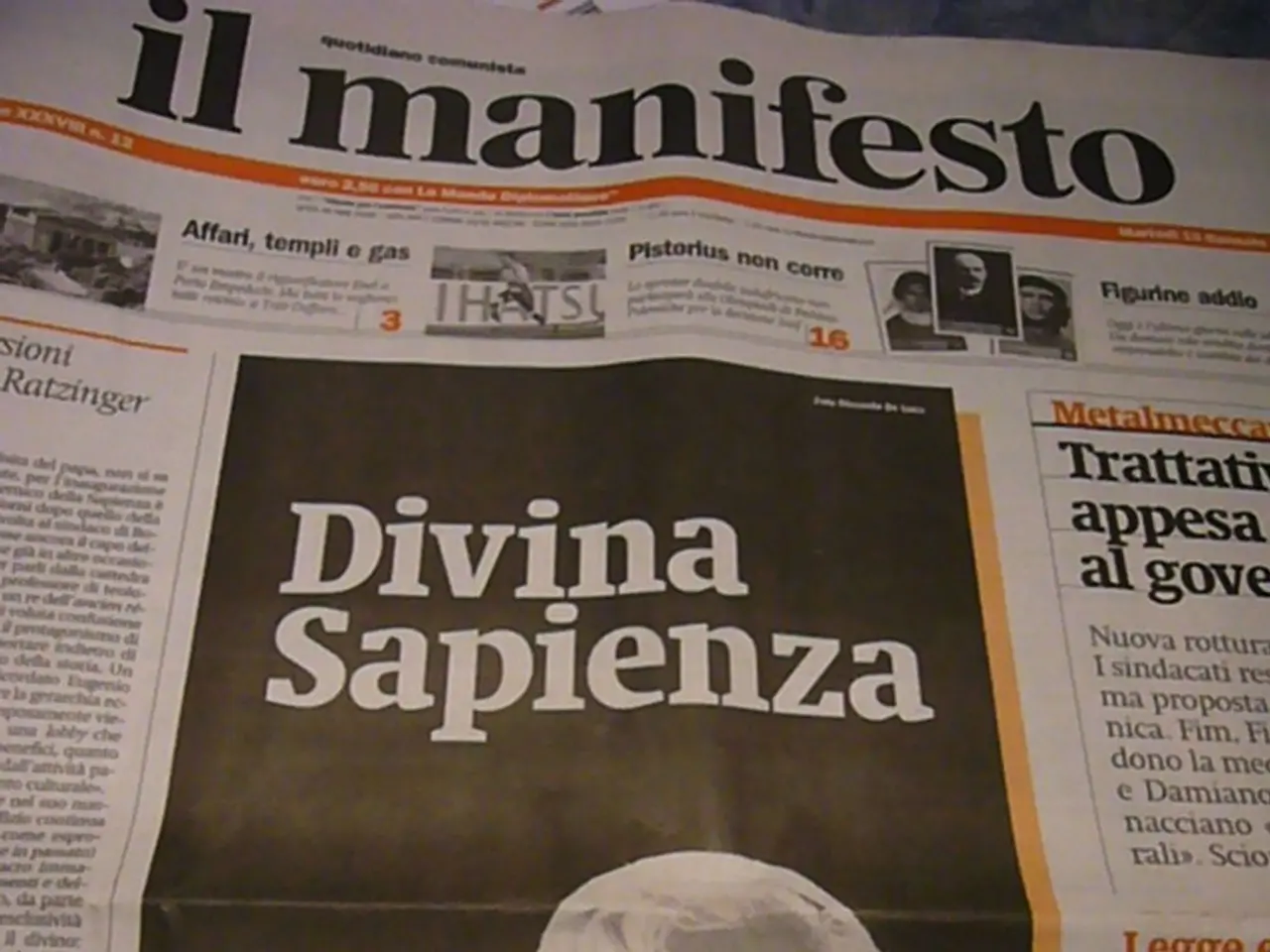Unveiling the startling facts behind who gets fooled by misinformation on social media, a revelation that might forever transform your outlook on digital platforms.
In a groundbreaking study involving over 66,000 participants from 24 countries, researchers have identified distinct patterns in how people process information, particularly in the realm of fake news. The study, which provides a roadmap for combating misinformation, reveals that age, education, and political beliefs play significant roles in misinformation susceptibility.
The research uncovered three distinct patterns in the relationship between confidence and competence: Accurate self-assessors, Overconfident performers, and Underconfident performers. However, the findings suggest that confidence levels, regardless of their accuracy, poorly predicted actual performance across nearly every demographic group.
One of the most striking discoveries was that Generation Z, despite growing up with smartphones, performed worse at identifying fake news than any other age group. This contradicts the assumption that digital natives are immune to misinformation due to their familiarity with technology.
Political ideology also emerged as a strong predictor of misinformation susceptibility. Supporters of the Republican party showed increased susceptibility compared to Democrats, and individuals with lower analytical thinking who tend to judge more intuitively were also more likely to fall prey to misinformation.
Interestingly, highly educated individuals consistently overestimated their ability to identify fake news, highlighting the need for interventions to address overconfidence directly. On the other hand, women demonstrated significantly better self-assessment skills than men, accurately predicting their poor performance on misinformation detection tests.
The study also exposed a critical blind spot in how information literacy is approached in the hyperconnected world. Linguistic cues influence credibility assessments, with false stories often using more dramatic language, making broader claims, and appealing to existing fears or prejudices.
For younger generations, the focus should be on building systematic verification skills rather than assuming digital familiarity translates to critical thinking. For politically motivated misinformation, the approach requires acknowledging ideological blind spots without attacking core beliefs.
The immediate takeaway is that recognizing these patterns is a first line of defense against manipulation. Participants who performed well demonstrated sophisticated pattern recognition that helped them identify subtle manipulation techniques, questionable sourcing, and emotional manipulation disguised as factual reporting.
The path forward demands recognition that misinformation susceptibility isn't primarily about intelligence or education-it's about specific skills that can be taught and practiced. As the world continues to grapple with the spread of misinformation, this study provides a valuable roadmap for fostering a more informed and critical public.
Read also:
- Dual-function mattress offers both cooling and coziness at an affordable price.
- Top-Notch Weed Killers for Fences in 2025: Efficient Boundary Management Solutions for a Clean Fence Line
- United Kingdom should refrain from hastily deciding on hydrogen home heating, according to Scotland's appeal.
- Guide to Choosing Spain's Leading Animation Company






